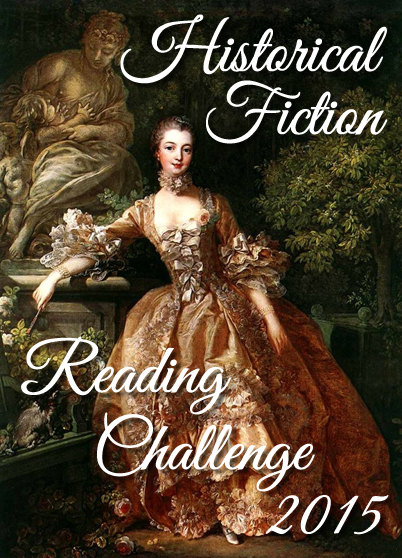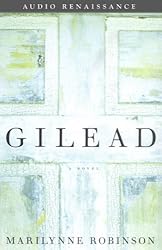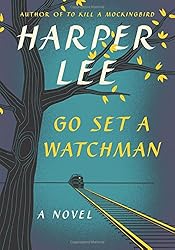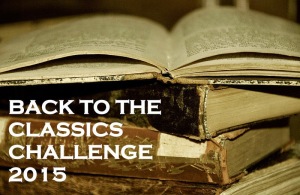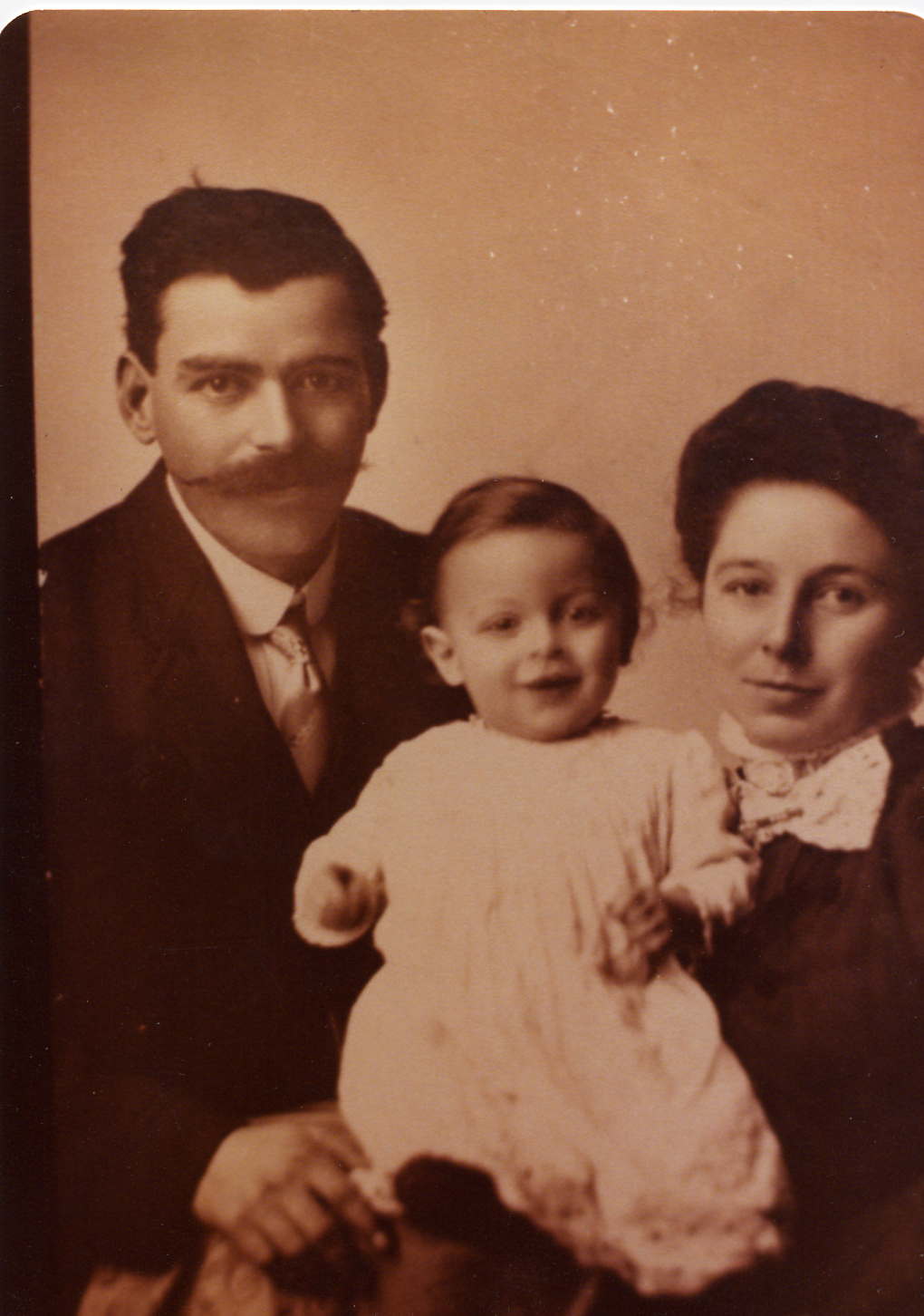 I read Toni Morrison’s novel Song of Solomon in order to prepare to teach it this coming school year. Song of Solomon is the story of Macon Dead III, also known as “Milkman.” Milkman feels lost and disconnected, but he goes in search of his family’s history and in the process discovers himself.
I read Toni Morrison’s novel Song of Solomon in order to prepare to teach it this coming school year. Song of Solomon is the story of Macon Dead III, also known as “Milkman.” Milkman feels lost and disconnected, but he goes in search of his family’s history and in the process discovers himself.
I hardly know what to say about this book. It’s incredible in way few things I have ever read are. I loved the magical realism. I think a lot people find magical realism confusing perhaps because it doesn’t fully conform to fantasy, so you can’t really suspend your disbelief and just go with it, but it also doesn’t conform to realism, and sometimes events can happen that are hard to make sense of. This story is so perfectly layered and carefully written. It’s a masterwork in the art of writing. It’s not only one of the most beautifully poetic books I’ve ever read, but it’s also spiritually fulfilling and a captivating story as well.
One suggestion I have for anyone who reads this novel is not to miss Toni Morrison’s forward. When she reveals the care and thought that went behind just the first sentence, you will understand just how tightly written a work of genius this novel is. I appreciated the way that no thread was left abandoned. Every idea that was introduced was brought back. There was nothing “extra”; no details were just thrown away. As such, it requires quite a close read. Be careful though. I found errors in the online help sites SparkNotes and Shmoop that might cause a reader to be confused, especially if he/she makes the egregious mistake of reading the help sites alone instead of the novel.
I am so glad I read this book. I think I loved it even more than Beloved. This novel deals with some of the same themes as Beloved—the legacy of slavery that resulted in cycle of abandonment by black men and single parenthood and grief for black women. In another writer’s hands, exploration of these theme could go badly wrong. Morrison is an essential writer for our times. She could teach us so much about the ways in which the past still impacts us today and will impact us in the future.
Man. What an excellent book.
Rating:




This book is a bit contemporary for historical fiction, but I’m still counting it because the ending occurs at least ten years before it was published, and many of the events concern the past. Not everyone may agree with this categorization, but given the importance of the past in this book, I think it’s fair.
